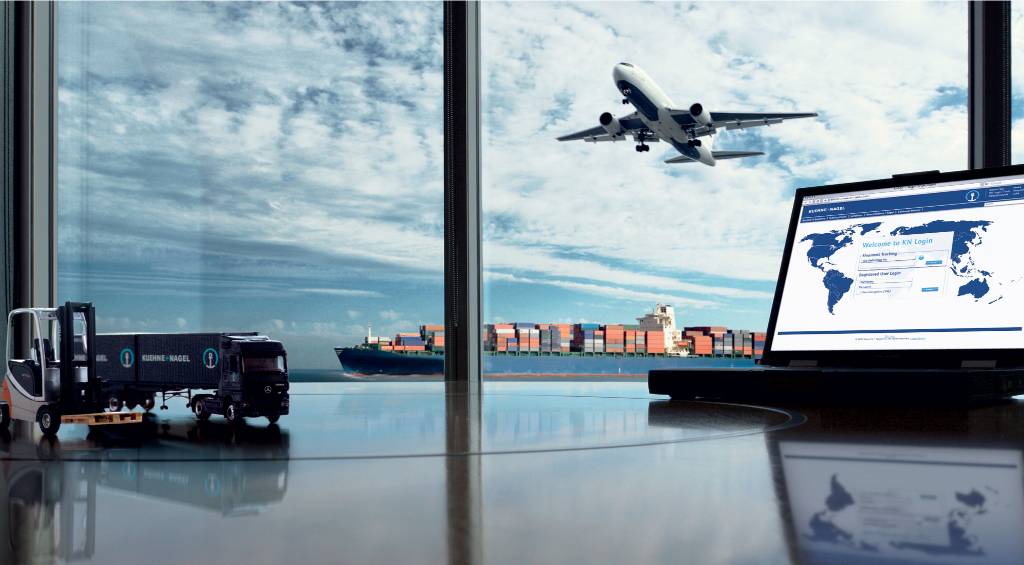K+N grabs market share from smaller forwarders
22 / 07 / 2020

Kuehne+Nagel (K+N) has been grabbing market share from some of its smaller rivals as a result of the Covid-19 outbreak.
Speaking following the announcement of its second-quarter results, K+N chief executive Detlef Trefzger said that its ability to maintain operations and connect with customers through technology had helped it to win business at the expense of others.
“We were winning business because we were operational,” said Trefzger. “And many of our mid-sized and smaller competitors, who are not operational, they struggled to keep operations up and running.
“The lower part of the pyramid [smaller businesses] is the one that is under highest pressure, technology, connectivity. The ability of [their] operating systems is a big challenge for many of them, especially in the unprecedented situation that we all went through worldwide over the last three, four or five months.
“That proved to be a big risk and a big problem, because you couldn’t overcome any of those deficiencies by just calling someone or going somewhere. You had to prove your systems and technology are working.”
Trefzger also said that he expected to continue to rely on freighters for much of the year as a result of airlines grounding passenger services.
He said that at the end of the second quarter, K+N was using freighters for around 90% of its airfreight capacity.
While it expects around 60-70% of bellyhold operations to be back up and running by the end of the year, much of this will be on short and medium-haul routes and not necessarily on the intercontinental services that it relies on for much of its volumes.
“End of this year, we will have 60% to 70% of the belly capacity that should be back, but we will still rely on freighter capacity to a major, major extent,” he said.
The belly capacity it uses at the moment is in North America and the Americas and also for some perishables out of African countries.
The company said it had also noted an increase in the use of sea-air solutions to mitigate the air cargo capacity shortage, with cargo shipped into Dubai and then flown to the final destination.
Its sea-air volumes were around three times higher than it would normally expect, Trefzger said.














